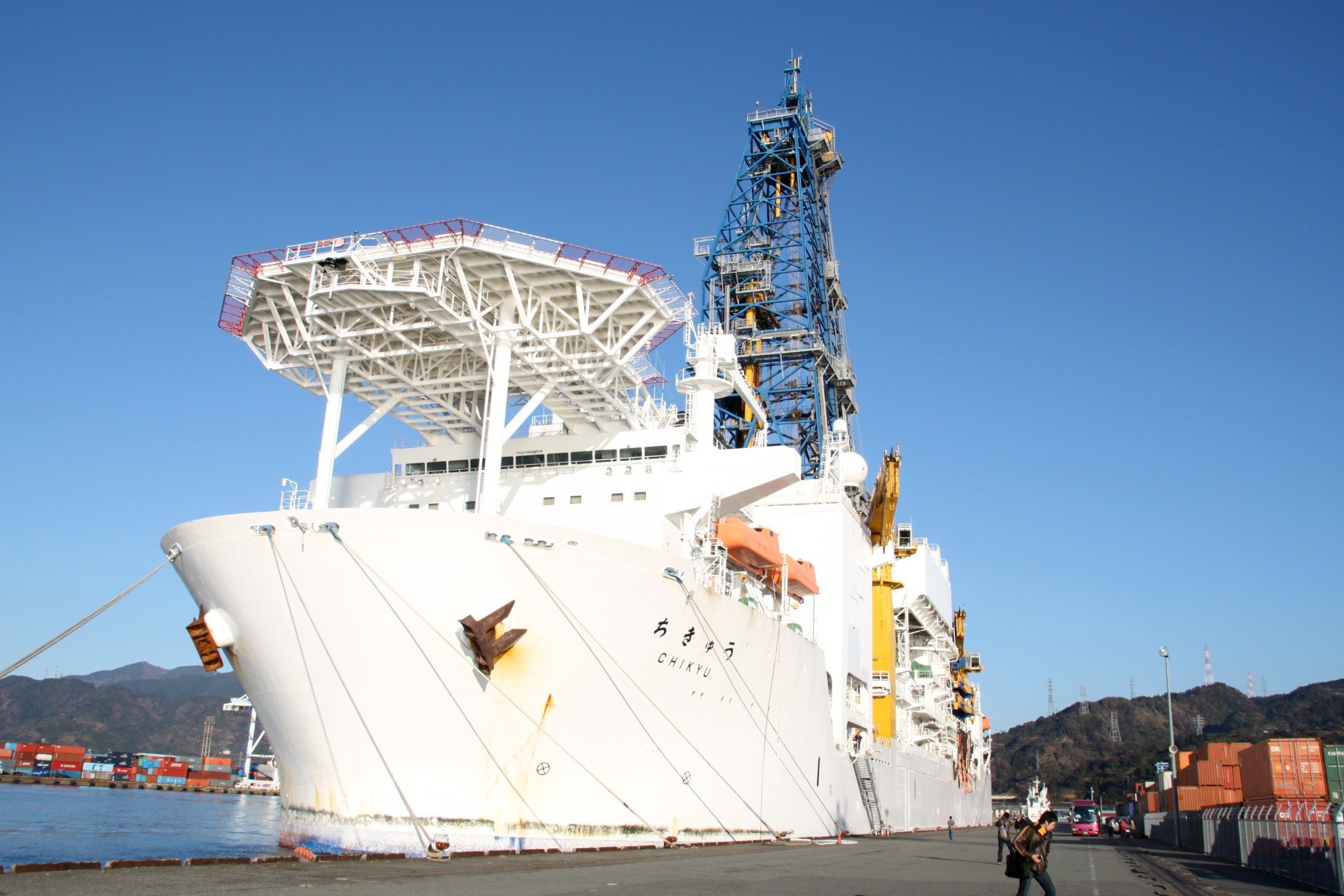(O3) Submarine geological surveying requirements
To complement the archive of geological and geophysical data, O3 will provide a report that integrates guidelines on survey methods for submarine geohazards risk assessment. Expected topics of the report are:
1. Executive summary of submarine geohazards, provided by O1 Case Studies
2. Exemplary data sets quantifying geohazard risk, provided by O2 Data Archives
3. Methods and requirements of data acquisition and processing
4. Geohazard risk assessment through data integration, interpretation, and site investigation
Detailed data acquisition and processing guidelines will provide the required types of measurements, data quality, and resolution. The data acquired and processed in a marine geophysical investigation shall be interpreted and integrated with geological information to identify submarine geohazard risks. Although there are great variations in the complexity of the seafloor and sub seafloor, the guidelines described here will be common to many marine site investigations, the differences being in the scope and level of detail involved. Such guidelines can be created with reference to ISO 19901-10 (Petroleum and natural gas industries –Specific requirements for offshore structures –Part 10: Marine geophysical investigations). An example is the preparedness for a manual for tsunami deposit research (Goto, 2021). On-shore hazard maps, showing the probability of floods, landslides, earthquakes, debris avalanches, are common. Hazard maps are common as they are essential in infrastructure design and planning. In the future, hazard maps and risk assessment maps will be needed for offshore as well as onshore developments. The report will provide example calculations, and references, to estimate the impact of key processes, including seafloor movement, liquefaction, sediment transport (Watanabe et al., 2018), and infrastructure loading.
Through TGSG, O3 will develop and release the report, it will be published through the SSSGR. This report will serve to provide the sector with guidelines for geological and geophysical surveys, necessary for sustainable offshore development in areas susceptible to submarine geohazards (D3). It is also important to have a thesaurus and a multilingual document in order to let the subject to be easily accessible both to technicians and policy-makers throughout the world.

タグ:TGSG


